Advertisement
Everything starts somewhere, and when it comes to understanding the world around us, it all begins with data. But raw data alone doesn’t do much. It's when we process it, understand it, and apply it that real value comes to life. This is exactly what the DIKW Pyramid explains. It shows how data becomes information, information becomes knowledge, and knowledge eventually leads to wisdom. Simple, right? Yet, when you dig into it, you realize just how much this process shapes decisions, learning, and even how we live day to day.
Consider data like puzzle pieces spread around the room. Separately, they are nothing. You may have symbols, numbers, facts, dates, or digits, but by themselves, they're not very useful. A temperature of "72" doesn't mean anything unless you know whether it's Celsius, Fahrenheit, or jellybeans in a jar.
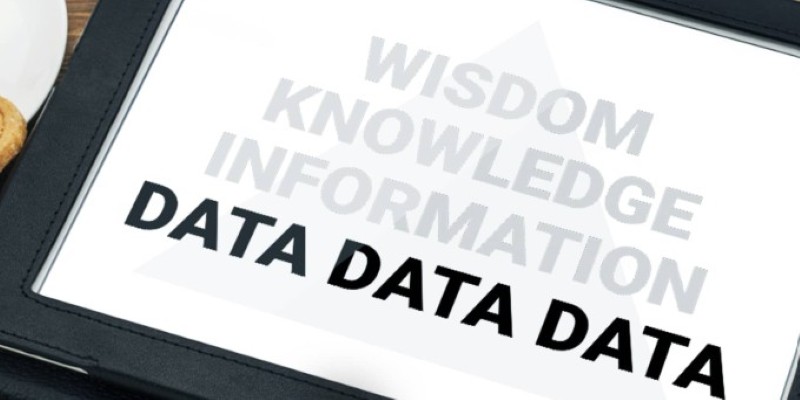
Data is collected everywhere, all the time. Every click online, every transaction at a store, every swipe on a screen – these are tiny fragments of data. But gathering data doesn’t automatically make us smarter. It's just the first step, like having flour, sugar, and eggs on the counter before baking a cake. You need a plan and some mixing before it turns into something useful.
Once you take that raw data and add context, it turns into information. This step is where patterns start to show up. Imagine you're given daily temperatures for a month. Listing "72, 75, 70, 73" doesn't tell you much. But if you organize it, label it as "average daily temperatures for April," and line it up by date, it becomes information. Now, it's useful because you can spot trends and answer questions.
This step matters because it lets you see relationships. Without context, it’s just noise. With context, you can finally say, "Ah, it’s getting warmer as the month goes on," or "Weekends tend to be cooler." Information is organized, processed, and meaningful data. It’s what allows businesses to notice buying habits, doctors to spot symptoms, and students to see study patterns.
When you move past just noticing patterns and start understanding why they happen, you cross into knowledge. Knowledge answers the deeper questions. It's not just "What happened?" but "Why did it happen?" and "What does it mean?"
Using the weather example, knowledge would tell you that April tends to warm up because it’s spring. Maybe you also learn that a sudden cold snap is tied to a weather front moving through. It’s about connecting information to experience, theory, and judgment.
In real life, knowledge helps you make smarter decisions. It's the difference between memorizing a list of symptoms and knowing how to diagnose an illness. It's why two people with the same information can come to completely different conclusions based on what they already know.
Knowledge usually builds over time. The more you gather, the better you get at recognizing patterns, predicting outcomes, and solving problems. It's not just about having facts in your head – it's about being able to use them in different situations.
Wisdom sits at the very top. It’s the ability to take all that knowledge and apply it with good judgment. Wisdom asks, "Should I do this?" not just "Can I do this?" It blends experience, understanding, and a strong sense of timing.
If knowledge is knowing that it’s likely to rain because of the forecast and cloud patterns, wisdom is deciding to carry an umbrella even if the sky looks clear when you leave the house. It’s making choices that go beyond logic alone, factoring in human nature, ethics, timing, and potential consequences.
In workplaces, wisdom shows up when leaders make decisions not just based on reports and spreadsheets but on how those decisions will affect people long-term. In your personal life, wisdom can help you avoid unnecessary arguments, pick the right battles, and know when to walk away.
You can’t rush wisdom. It grows from experiences – both good and bad. It’s shaped by mistakes, reflections, successes, and learning from others. No amount of books, articles, or videos can hand it to you. It comes through living, thinking, and caring about the impact of your actions.
You might think the DIKW Pyramid sounds like something only researchers or businesses would use, but it actually shows up in small choices every day. Whether you're planning your meals, choosing a career move, or just figuring out the fastest way home, you're following the same path from data to wisdom.

Take grocery shopping, for example. You notice the price of strawberries (data). You realize that strawberries are cheaper this week compared to last week (information). You remember that strawberries are usually cheaper in season and spoil quickly (knowledge). Then, you decide to buy a smaller box so you can enjoy them fresh without wasting any (wisdom).
Without realizing it, you use this layered thinking all the time. The better you get at moving smoothly through these steps, the faster and smarter your decisions become. It’s not about rushing to wisdom; it's about respecting the process, even in the little things.
The DIKW Pyramid isn't just a neat little model to memorize. It's a reminder that real understanding is a layered process. You start with facts, you organize them into information, you build knowledge, and with time and good choices, you develop wisdom. Each step matters. Each layer depends on the strength of the one below it. If you rush or skip a step, the whole structure wobbles. But when you respect the process, you end up with something solid – something you can trust not just in school or work but in life.
Advertisement

Wondering how everything from friendships to cities are connected? Learn how network analysis reveals hidden patterns and makes complex systems easier to understand

Tired of missed calls and endless voicemails? Learn how Synthflow AI automates business calls with real, human-like conversations that keep customers happy and boost efficiency

Think data science is just coding? See how math shapes predictions, decisions, and the models that power everything from apps to research labs

Learn how to build an AI app that interacts with massive SQL databases. Discover essential steps, from picking tools to training the AI, to improve your app's speed and accuracy
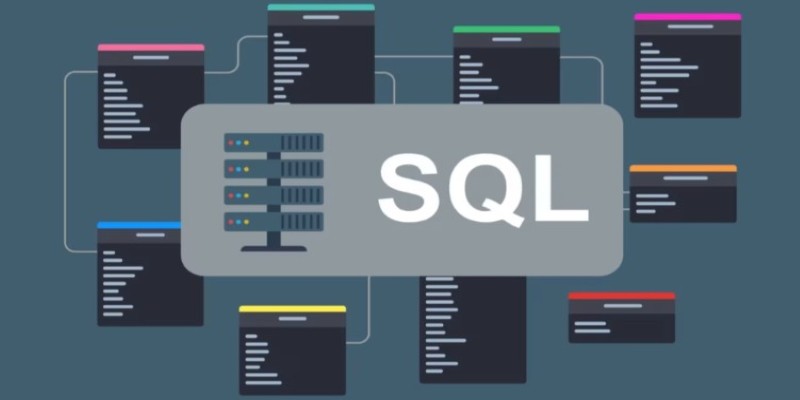
Think of DDL commands as the blueprint behind every smart database. Learn how to use CREATE, ALTER, DROP, and more to design, adjust, and manage your SQL world with confidence and ease

Ever wonder how data models spot patterns? Learn how similarity and dissimilarity measures help compare objects, group data, and drive smarter decisions

The Dead Internet Theory claims much of the internet is now run by bots, not people. Find out what this theory says, how it works, and why it matters in today’s online world

Wondering if there’s an easier way to add up numbers in Python? Learn how the sum() function makes coding faster, cleaner, and smarter

Confused about whether to fine-tune your model or use Retrieval-Augmented Generation (RAG)? Learn how both methods work and which one suits your needs best
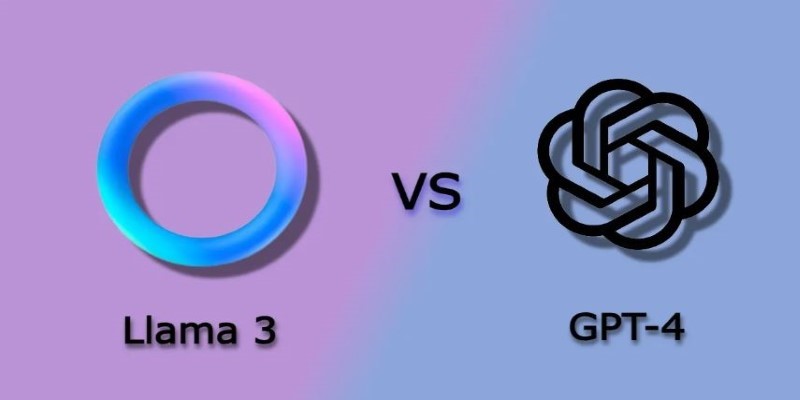
Curious about Llama 3 vs. GPT-4? This simple guide compares their features, performance, and real-life uses so you can see which chatbot fits you best
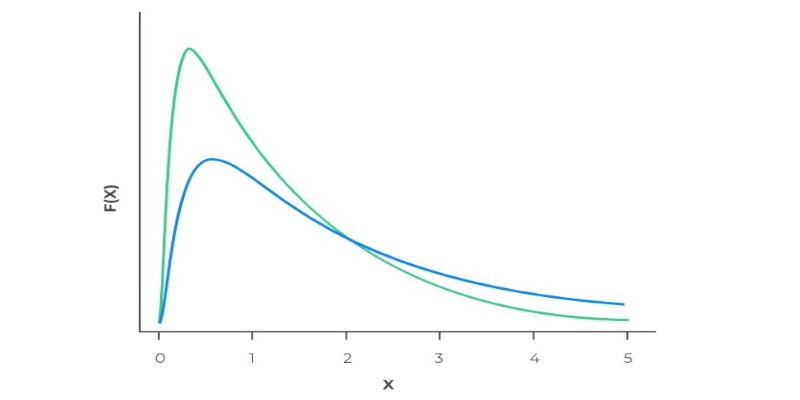
Ever wonder why real-world data often has long tails? Learn how the log-normal distribution helps explain growth, income differences, stock prices, and more
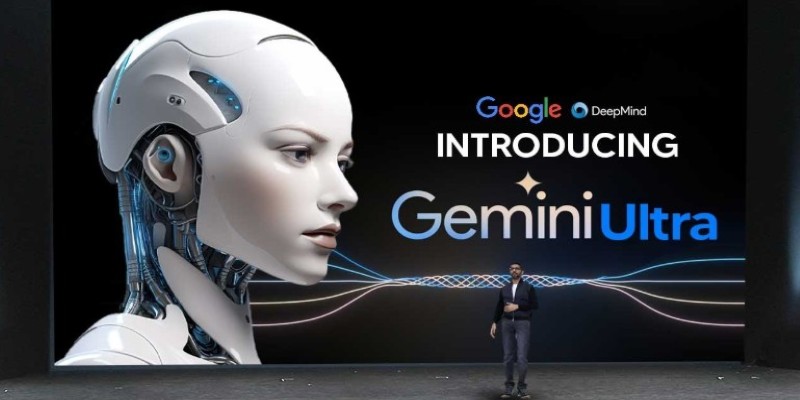
Get a clear overview of Google's seven Gemini AI models—each built with a unique purpose, from coding assistance to fast response systems and visual data understanding